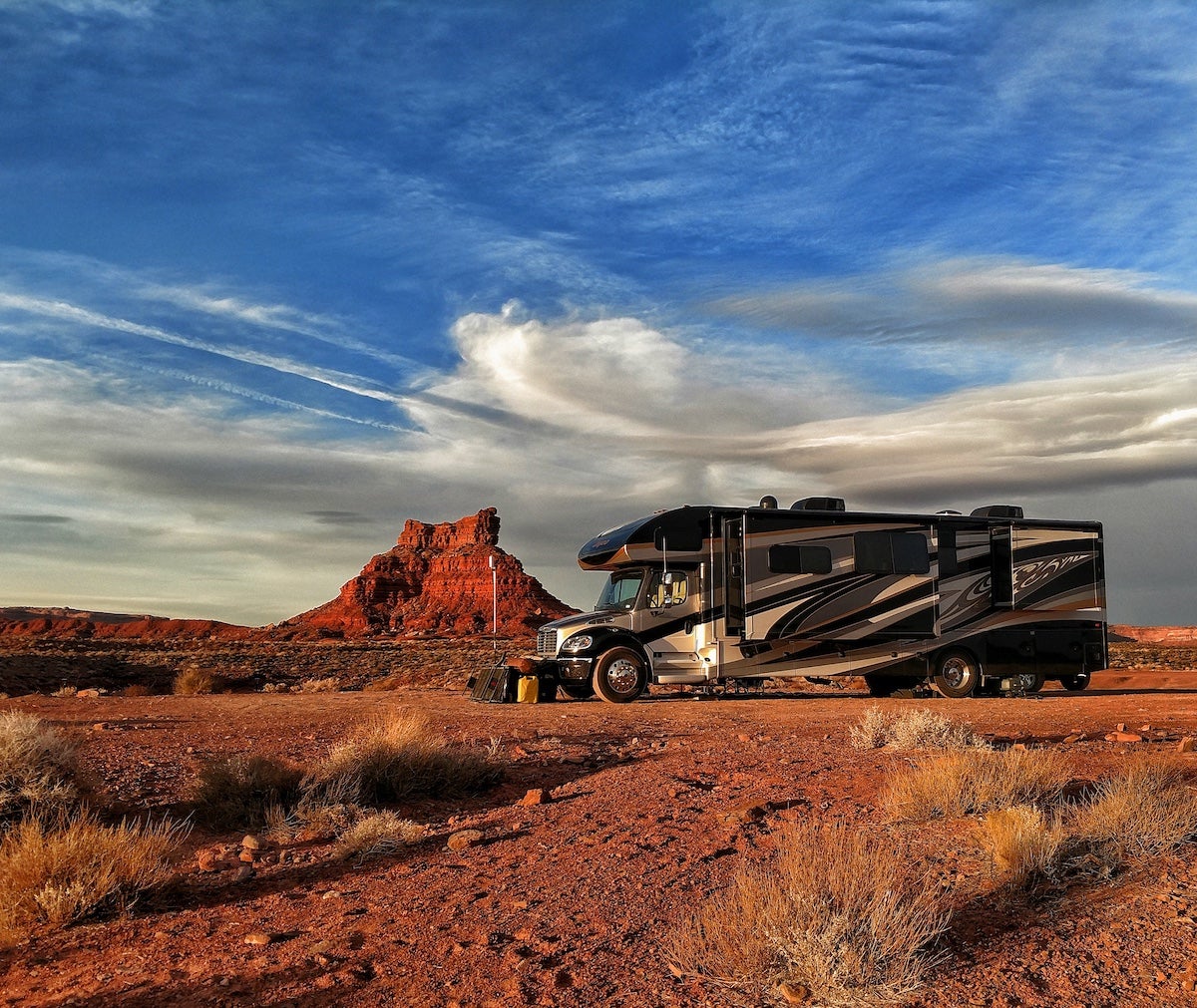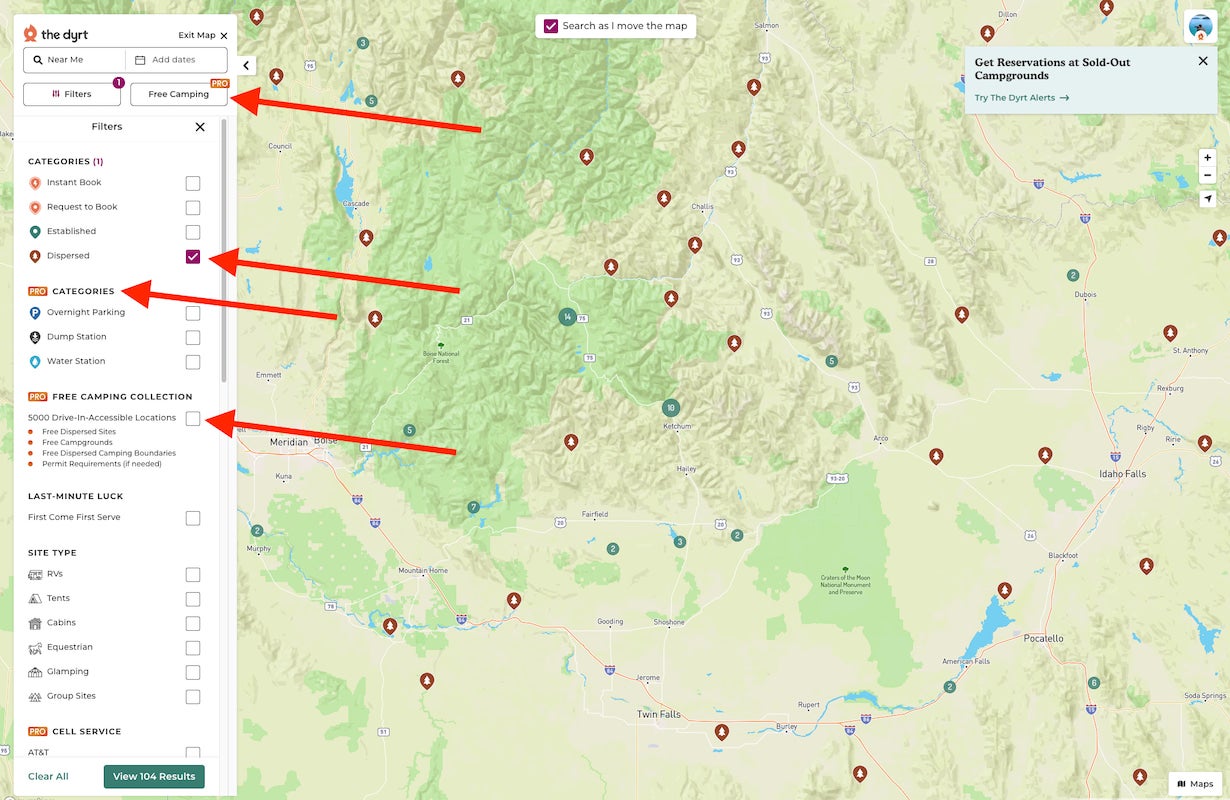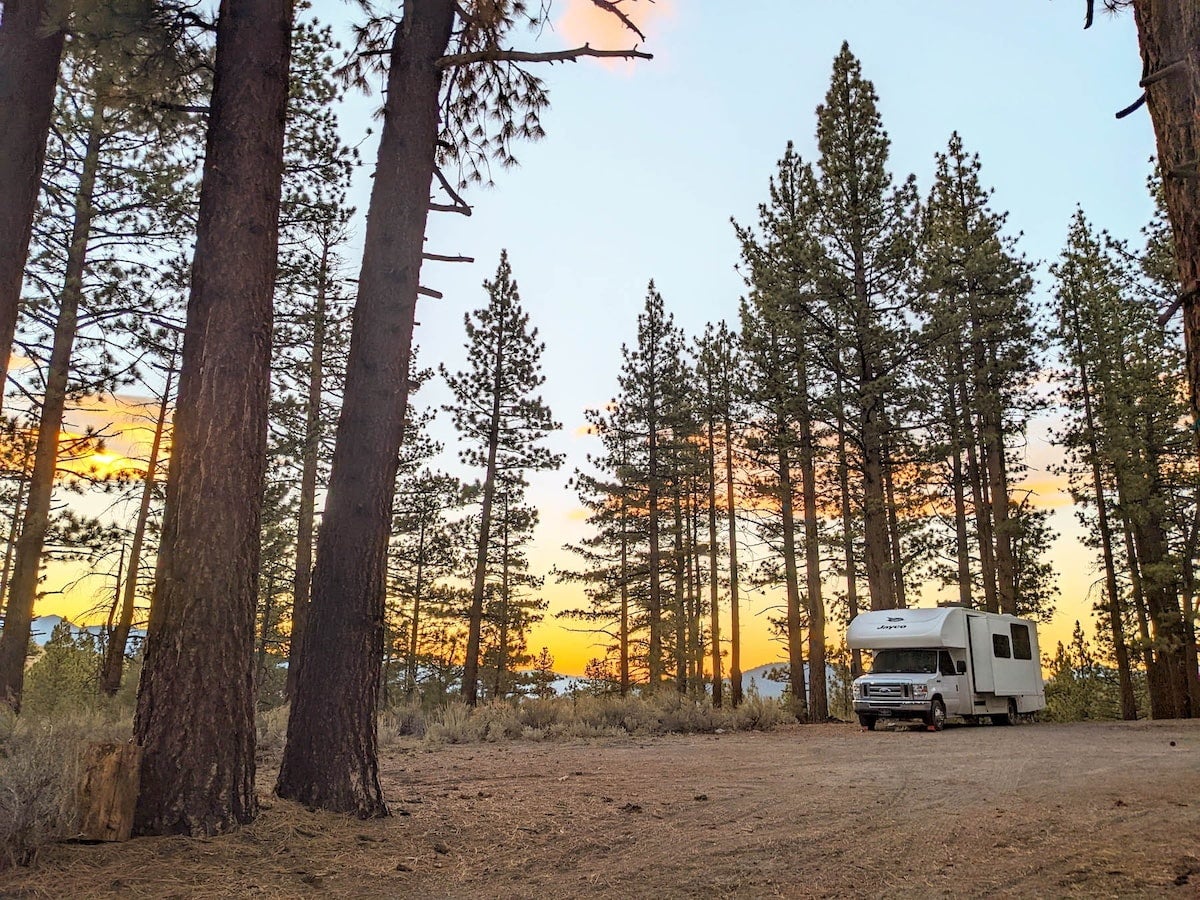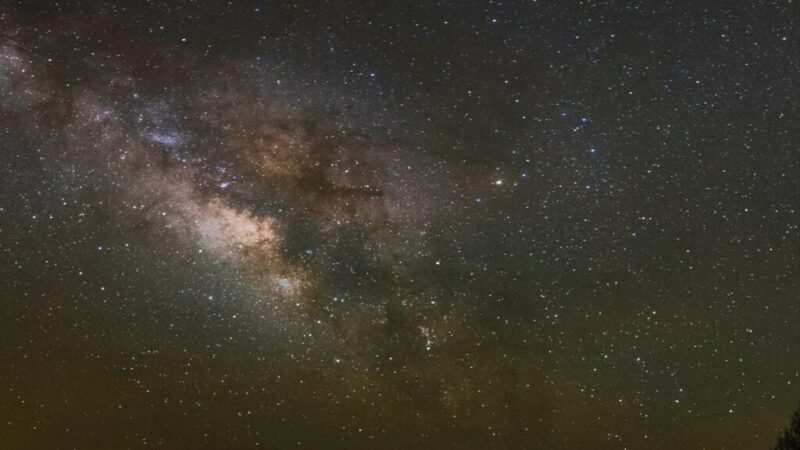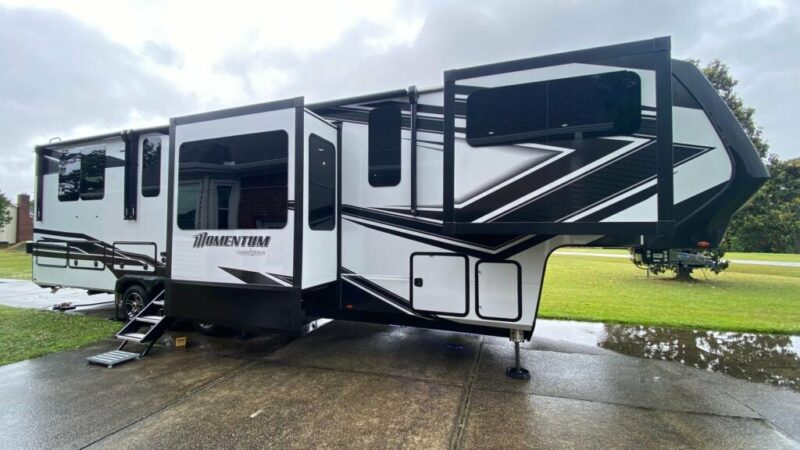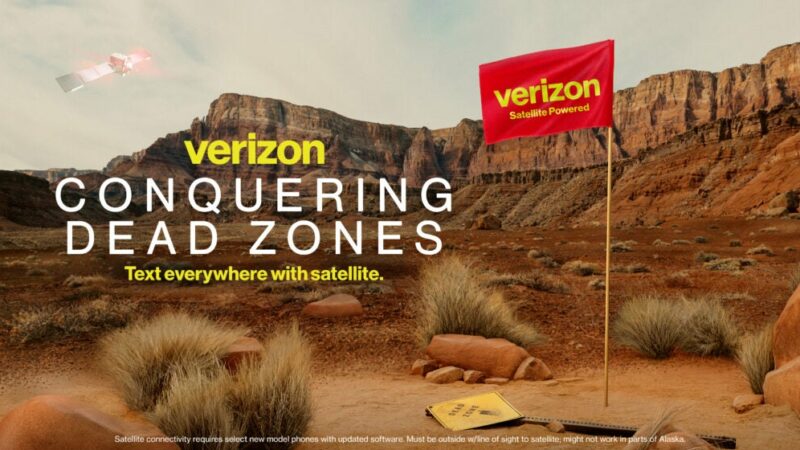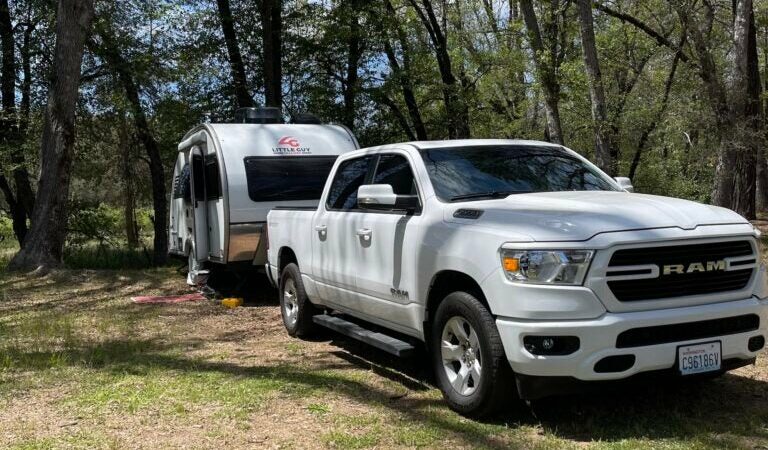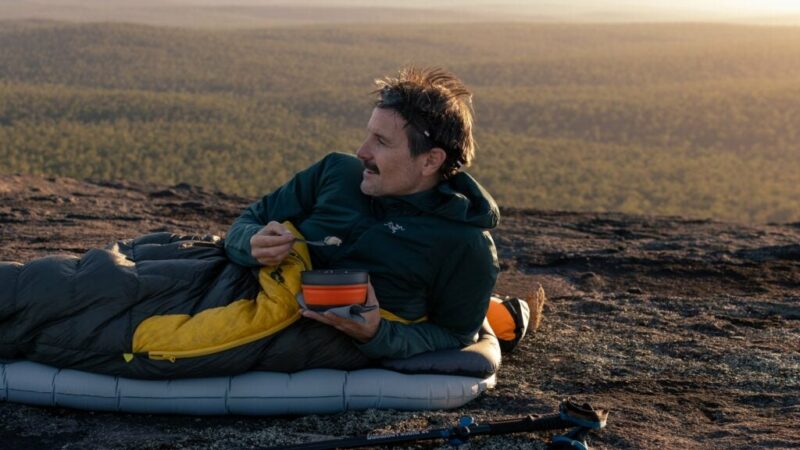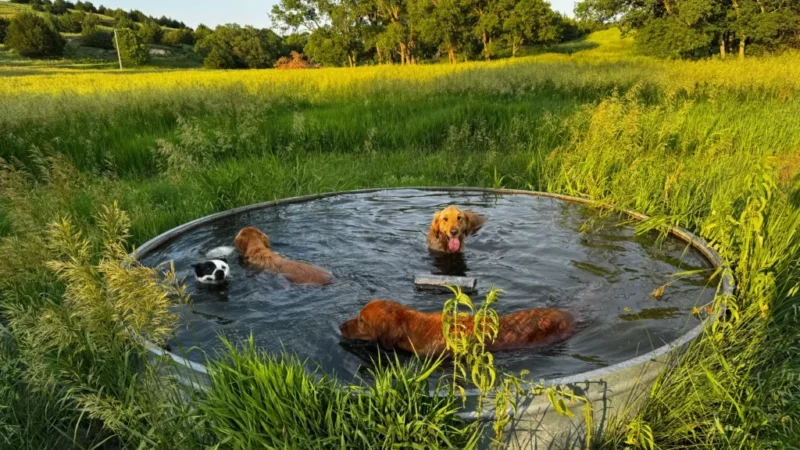The Boondockers Guide to Free Camping Like a PRO
Imagine this: You’ve found the most incredible campsite, with stellar views and access to trails and lakes, and there’s nobody else around. Better yet, it’s completely free. Welcome to boondocking, which means primitive, dispersed camping on public lands.
We’re fortunate enough to live in a country where boondocking is entirely possible and one of the coolest ways to camp in many regions of the country.
But before you go pitching a tent or parking your camper on the nearest plot of dirt you can find, there are a few critical things to know ahead of time and best practices for Leave No Trace behavior and other etiquette associated with this style of free camping.
Boondocker Basics
Boondocking is a way to describe free camping on public lands that are outside of designated campgrounds. It can also mean crashing for the night in parking lots and other public areas that allow overnight camping. But you can’t just park your camper anywhere.
Typically, boondocking is permitted on public lands operated by the Bureau of Land Management (BLM) or the U.S. Forest Service, but even then, you’ve got to make sure you’re on property that’s open to dispersed camping.
BLM guidelines allow camping on public land—away from designated campgrounds—for up to 14 days, and similar timelines exist on Forest Service land. Be sure to check in with your local BLM or Forest Service website or ranger station before you go for further regulations.
Pros and Cons of The Boondockers’ Life
Some campers love boondocking for the true wilderness feel of it. You’re away from crowds, in a beautiful place, and you get to experience the wild in a more primitive way than you might at a crowded designated campground.
It’s free to camp, but you do pay a price in terms of lack of services and amenities. Because here’s what you likely won’t find while boondocking: restrooms, trash removal, picnic tables and fire rings, and potable water. So plan on coming prepared to be entirely self-sufficient.
“There’s no trash, shower, no bathroom. And a lot of times, there’s nobody else around,” says The Dyrt co-founder and CEO Kevin Long. “It can be really fun to go deeper in the woods than you’d normally go, as long as you can get in the mindset of the journey starts when you get in the car.”
What New Boondockers Need to Know
In order to keep these wild places wild, practicing a strict Leave No Trace policy is especially important in this style of camping. “Pack out everything you brought in, leave it better than you found it,” Long says. “Be extra careful every step of the way. Leave no trace is not just about garbage, it’s also about leaving zero footprints.”
Before you go dispersed camping, always check with local authorities and read up on regulations, including fire warnings, leave no trace principles, and where you can camp. The Dyrt also has integrated warnings on the site when it comes to fire regulations.
How to Find Boondocking Sites
If you have The Dyrt PRO (for a $35.99/year subscription), you’ll get access to PRO In-App Campground Search even when you’re out of cell service, and PRO In-App Downloadable maps. That means you’ll be able use offline maps and map layers to find free camping near you, whether you have service or not.
“You don’t want to be driving down a dirt road, wondering can I camp here or not?” Long says.
With your PRO account, you’ll be able to see the boundaries of areas you can camp for free in real time—regardless of how far in the middle of nowhere you are. “So, you can be driving down that road, and know that yes, you can confidently camp here for free,” Long adds.
The Dyrt users can add dispersed spots to the site and share it with others as well, making more sites accessible to everyone. Western states tend to have more public land that allows boondocking, but you can find free camping in all 50 states.
For Example, You Could Camp Here…
In California’s eastern Sierra Nevada range, you’ll find ample dispersed camping along Owens River Road, outside of Mammoth Lakes and not far from some of the area’s legendary hot springs.
If you love hot springs, in Nevada, you can camp near Spencer Hot Springs, outside the town of Austin.
In Arizona, mountain bikers love the dispersed camping along Pumphouse Wash, between Sedona and Flagstaff.
And in Utah, you can’t beat Valley of the Gods, which is on BLM land and has incredible vistas of sandstone monoliths.
Consider What You’re Looking For
Have some checkpoints of what’s important to you before you select a boondocking site. Do you just need a place to crash overnight on a road trip? If so, parking lots at businesses like Walmart and Holiday Inn often allow that.
Or do you want a wilderness site? Do you need cell service? You can use filters on The Dyrt PRO account to self-select the perfect site for your needs.
You can also use filters on The Dyrt PRO to find things like nearby dump stations and water refill stations, even if your site doesn’t have those features.
What to Bring
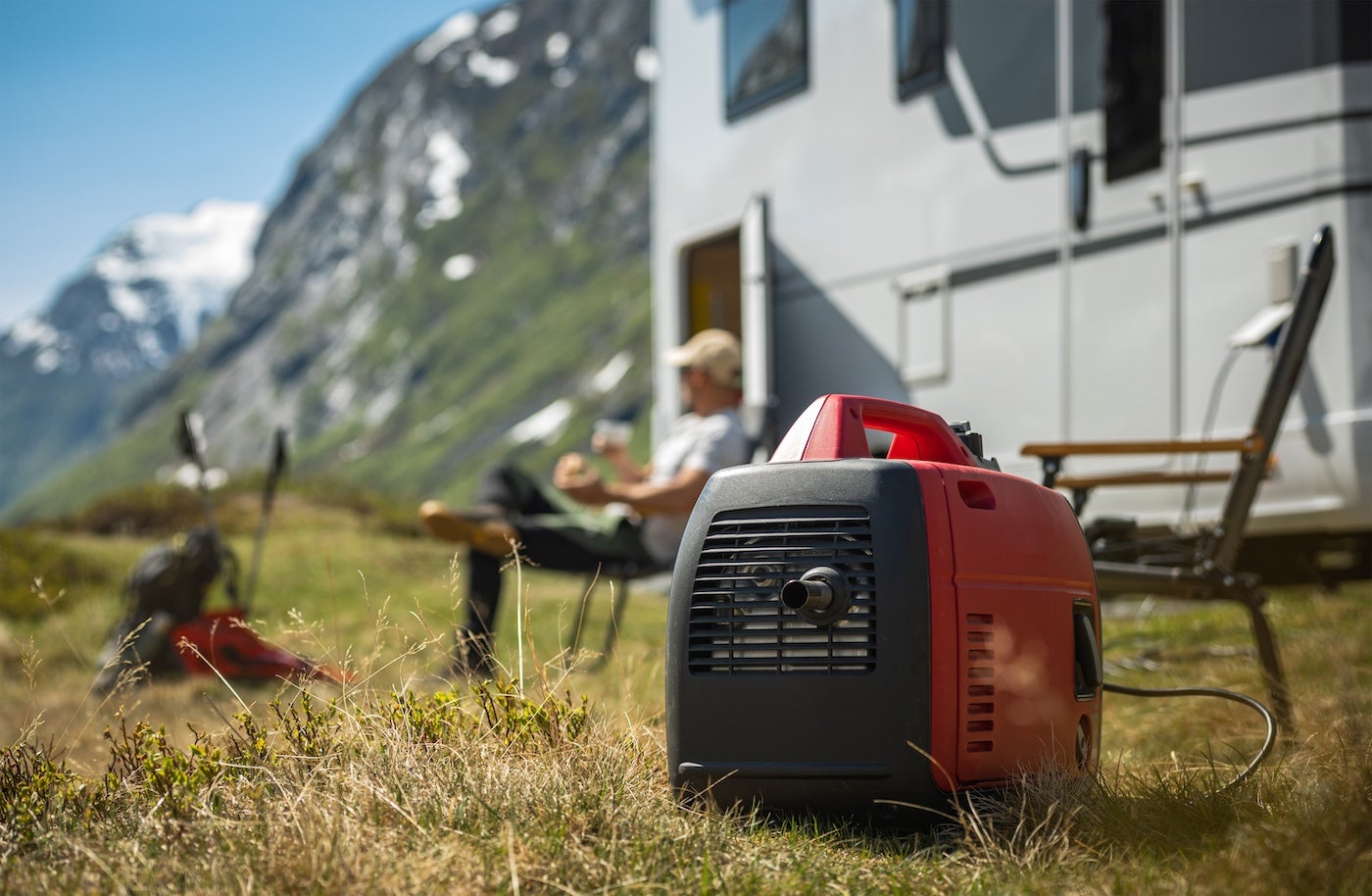
For boondocking, you’ll need to bring some specialized equipment that you might not need at a standard campground. With likely no toilet facilities, bring what you need to dispose of waste properly, like wag bags or an RV with a wastewater tank.
You’ll also need enough drinking water to get through the days you plan to be out there, or ways to treat water. There are no electrical hookups out there, so if you’ll be needing that for your RV or camper, consider a generator that works well for boondocking.
You may also want a camp table (since there are no picnic tables out here), extra containers for storing trash, and adequate emergency and first aid supplies since you’re typically farther afield.
The post The Boondockers Guide to Free Camping Like a PRO appeared first on The Dyrt Magazine.
Source: https://thedyrt.com/magazine/lifestyle/boondockers-guide-to-free-camping-like-a-pro/
